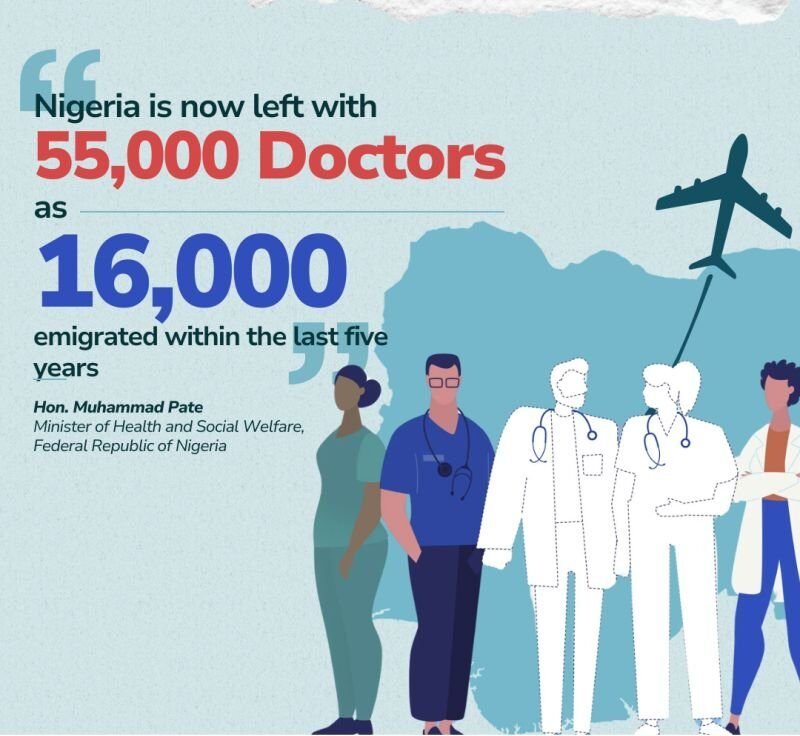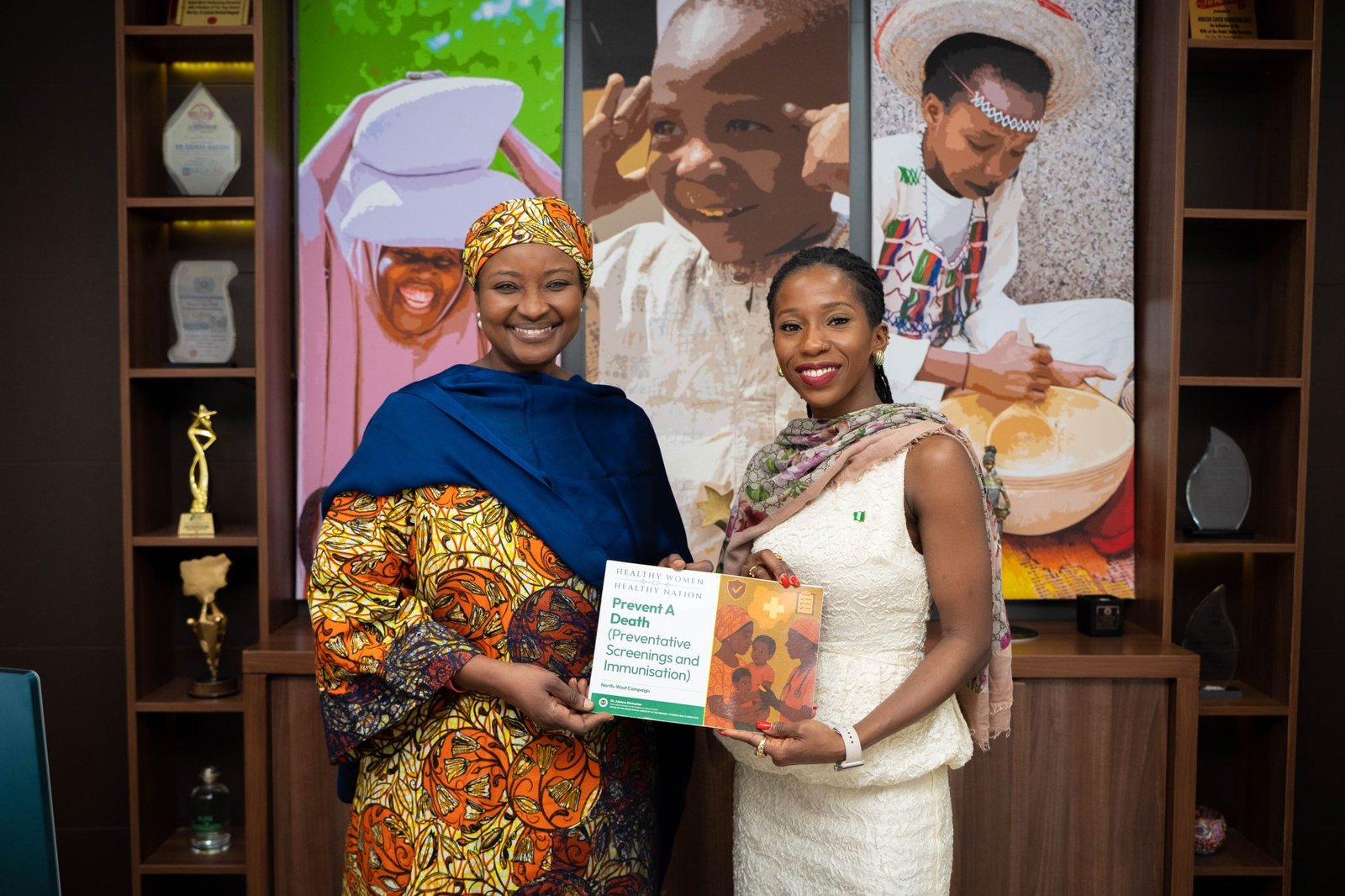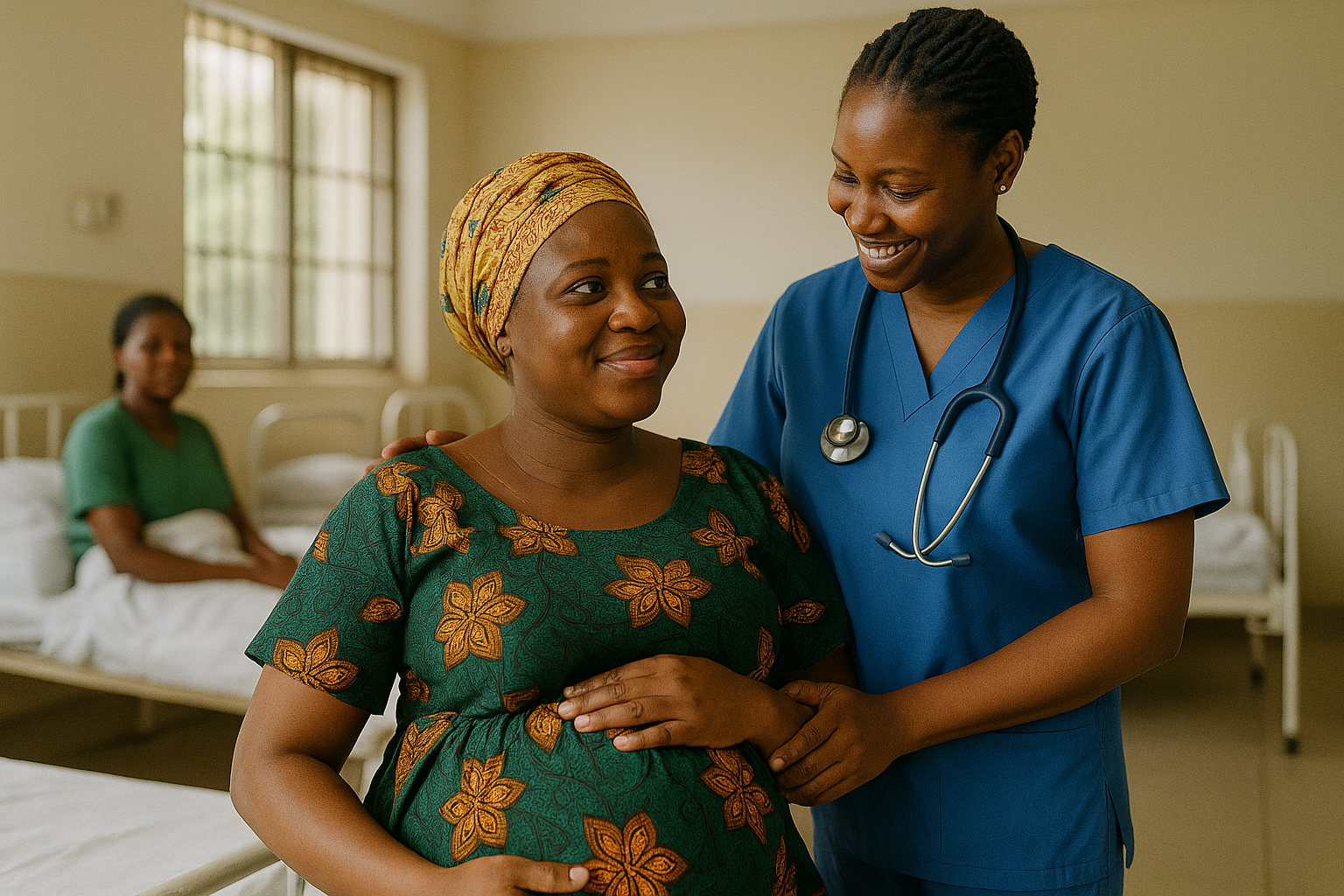Did you know that in Nigeria, the doctor-patient ratio is five times worse than the WHO recommendation?
With just 55,000 doctors for a population exceeding 200 million, the stark reality is that countless women are left vulnerable, facing preventable risks during childbirth.
Too many continue to face preventable complications during childbirth—complications which could have been avoided with the right care at the right time.
In far too many cases, life-saving interventions, such as emergency caesarean sections, are simply not available.
A shrinking healthcare workforce—strained by poor wages, limited career growth, and inadequate working conditions—is further burdening an already under-resourced health system.
So, the question is:
Who will perform the surgeries that save lives if we don’t have enough skilled professionals?
Who will be there for a woman in obstructed labour, desperately needing urgent intervention?
The answer is:
We need to start investing in the very individuals who care for our mothers—through fair wages, adequate housing, and career growth opportunities.
Even the best-equipped maternity wards won’t save lives if women are unable to access them.
Poverty, cultural barriers, and transport difficulties often drive many women to seek help from traditional birth attendants or faith homes, even when their conditions demand medical intervention.
To truly reduce maternal deaths, we must confront these obstacles directly.
Our policies must focus on creating accessible, affordable, and trustworthy maternal healthcare systems, where women are assured that when the time comes, there will be a skilled doctor ready to help.
A woman should never have to question whether she will receive the care she desperately needs when her life—and the life of her child—hangs in the balance.
Let’s remember this:
The cost of inaction isn’t just felt in policy failures—it’s measured in the precious lives lost, the mothers who never return home.







